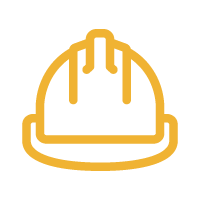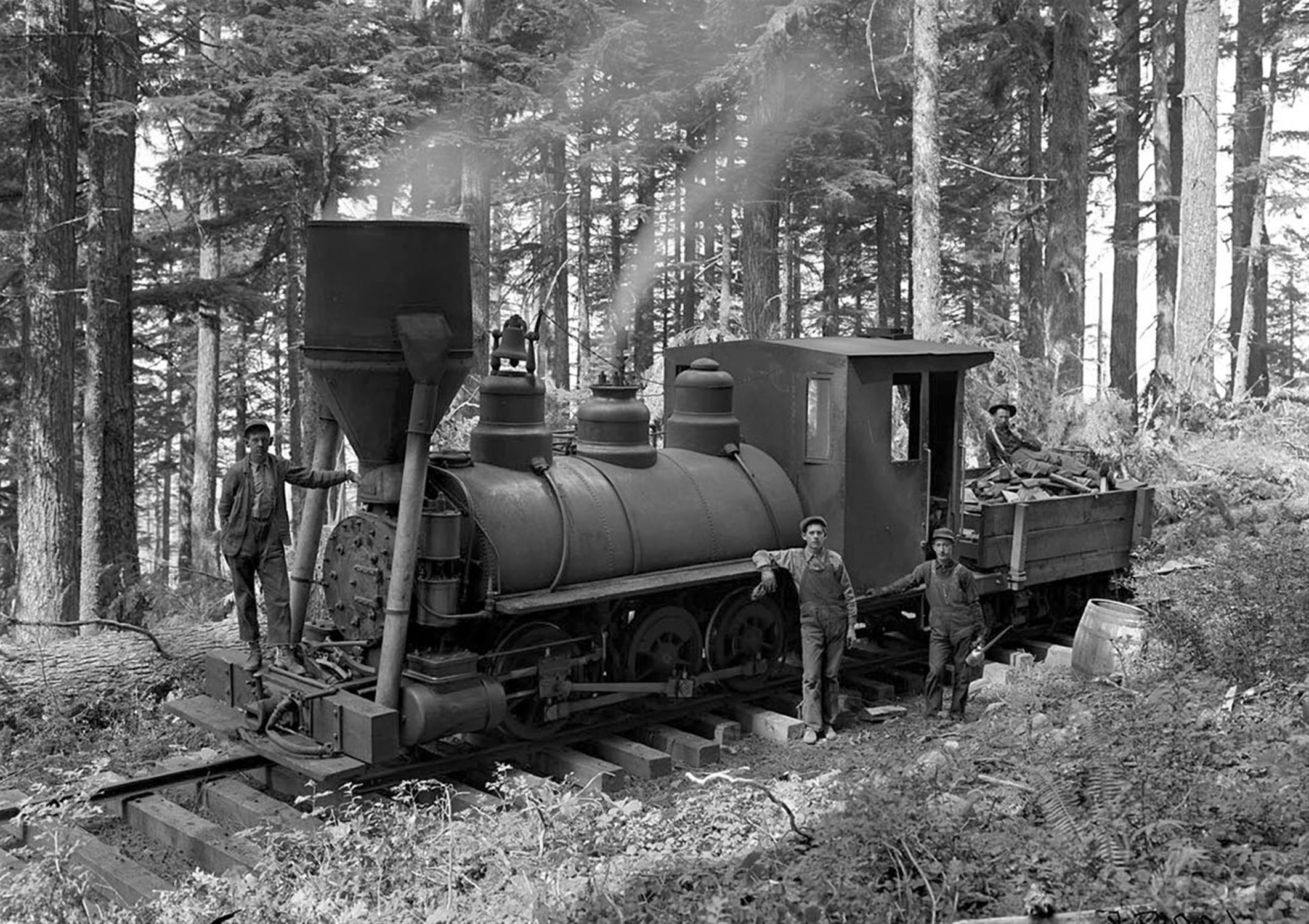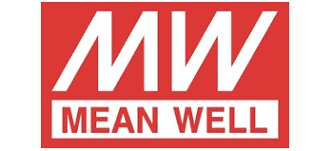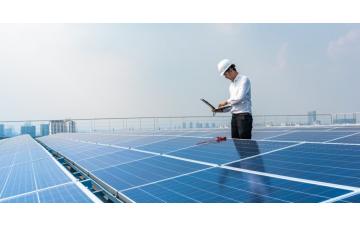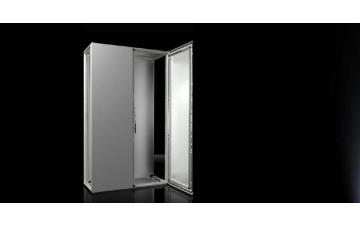Industrial revolutions are defined as increases in production as a result of new machinery, technology, energy sources or a combination of these. Essentially, over the best part of three centuries humans have embarked on an accelerated journey to develop faster and cheaper processes than the last one, each playing into the other to increase productivity.
The purpose of this blog post is to take you through each step forward that the human race has taken, discussing the impact of each revolution with relation to industry and, in particular, the gradual automation of production processes in factories.
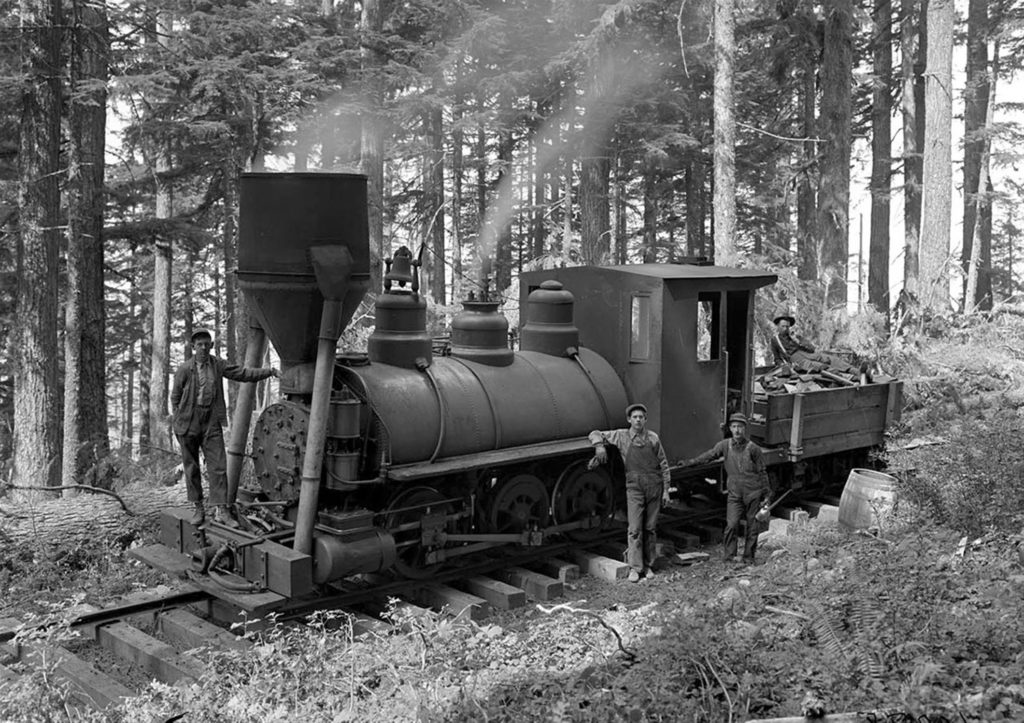
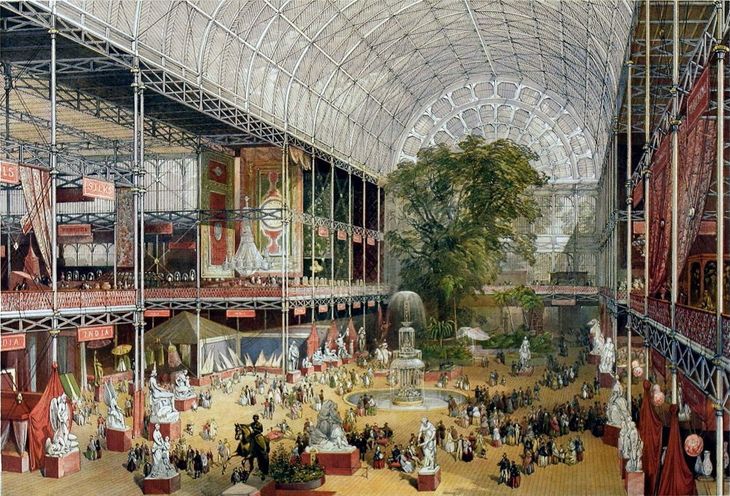
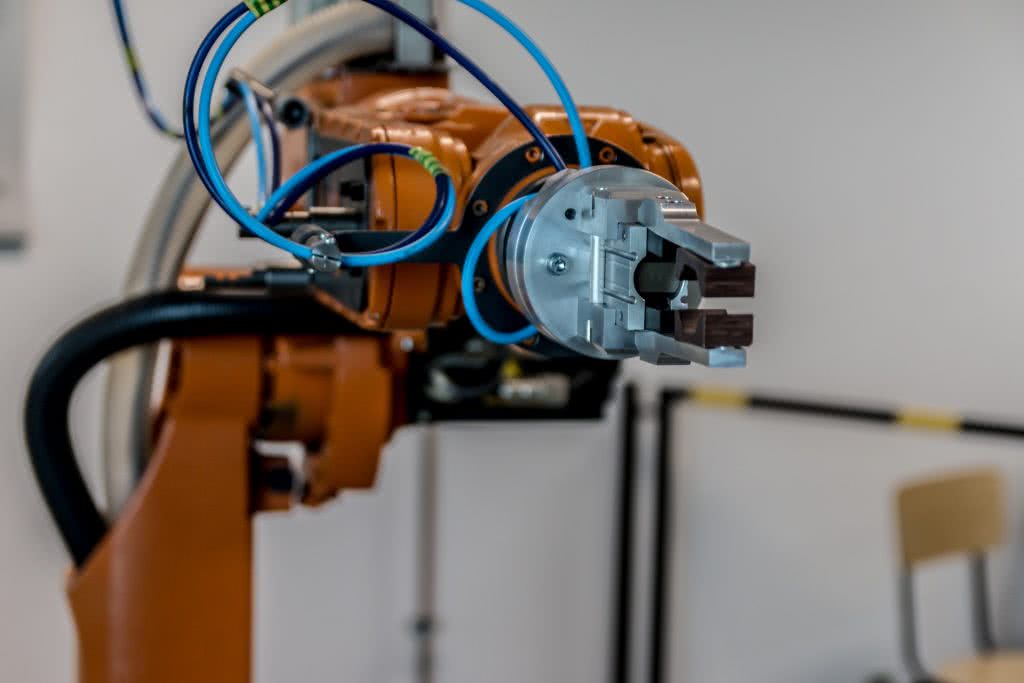

Industry 1.0: Water, Steam & Coal - The Industrial Revolution that started it all
Date range: 1750-1830 Notable revolution: The standard production process moves from Hand to Machine The industrial revolution began around 1750 and while the advancements quickly became noticeable across much of the planet, its roots are tied in the continent of Europe, particularly, the United Kingdom. Why the United Kingdom? There are a few theories, but most scholars and commentators tend to agree that the smaller population meant there was an increased demand for better methods of industry, as the potential workforce sizes were smaller on a local level. Plus, the United Kingdom had science and education well-ingrained into its culture by this point. It was well positioned academically to achieve such feats of engineering. Let’s dive straight into the early beginnings of the soon to be world-dominant British textiles industry, where John Kay (1704-177) invented the flying shuttle (1733). This dramatically increased both the quality of production from a single weaver, and the speed at which it could weave. In turn this increased the demand for yarn to keep up with the quicker production process, and this encouraged the invention of the spinning jenny (1764) and the waterframe (1769). Over time these processes were gradually mechanised. With mills situated by flowing water sources engineers were able to create hydropower systems using water wheels. At the same time, the steam engine was being developed from concept to working mechanism. The best example of an early steam engine would have been found around the pre-1900 British coal mines of Lancashire, Yorkshire and South Wales. Developed by Thomas Newcomon, it was able to pump water out of mines and this in turn led to increased productivity in the form of more coal, which powered... more steam engines!Industry 2.0: Building on the Foundations of the 18th Century
Date range: 1850 - 1914 Notable revolution: The increased automation of production machines, and the introduction of steel into the common market Over the second revolution it became apparent that less and less human effort was going to be required to produce both power for, and in turn power the machines that produce goods. Steel had been produced for centuries prior; think back to the wars of old and you’ll imagine a battlefield strewn with swords, shields, chain mail and the like. However, the material was never mass produced and always bespokely made. The introduction of the bessemer process brought about an inexpensive industrial process for the mass production of steel, and this allowed for the construction of miles, upon miles, upon miles of railroad tracks; tracks for locomotive steam trains with fancy new engines. See, Newcomon’s steam engine was modernised by James Watt and this led to a transportation revolution with these engines producing unprecedented freight speeds. Interestingly, these engines haven’t really been improved upon since! Bringing us into the modern age, new power sources were introduced to the world of industry and production. Building on Benjamin Franklin’s extensive, ground breaking research the first electrical battery was created by Alessandro Volta in 1800 while crude oil was discovered in 1875. These new power sources propelled new engines, namely, internal combustion engines not too dissimilar from the one you may find in your car. The combustion of fuel generates heat that powers the engine. Linear assembly systems, revolutionised by Henry Ford for the mass production of an entire automobile, were then introduced in 1913. Where, the first industrial revolution machines still needed hand power and manual labour, the second industrial revolution saw a real transition towards the full automation of these processes with human monitoring. For the first time we see world expositions where traders meet to discuss technology, This further advancement came in 1851 at the world’s first Crystal Palace Exhibition in London, which was attended by Queen Victoria herself.
Industry 3.0: Modern Day Automation
Date range: 1940-2010 Notable revolution: The enigma machine and subsequent computers & software, renewable energies and robotics Here, we see the development of factory automation as we know it today. Transistors, digital comms, data processing, software, robotics, the internet and so on all either arrived on the scene or were developed over the course of this time period. We saw the emergence of the first computers and computerised software, born from the creation of the enigma machine during World War Two. Much like Industry 2.0 there came an adoption of new energy sources, this time much more widespread and renewable due to the demand for cleaner, safer and cheaper. However in comparison to Industry 2.0 this did mean the gradual doing away with the combustion engine. The need for quick production during World War Two meant that countries were forced to experiment with factory robotics. Automation was highly used in the construction of fighter airplanes, landing crafts, warships and tanks. These processes were duly replicated in commercial industries post-War. Companies began to automate sections of their factory lines. This also meant the removal of low skilled jobs, coupled with the gradual chipping away of existing high skilled jobs. In previous times industries introduced machinery to assist human labour, here however, human workers were being replaced altogether. Humans developed the technological capacity to automate a significant portion of a workload. Human beings need rest and sleep while automatons do not and this increases productivity even further, as the factory process can continue on a near 24/7 basis. In addition, automatons can work in conditions that may be hazardous to humans. This versatility stands them apart from human labour.


